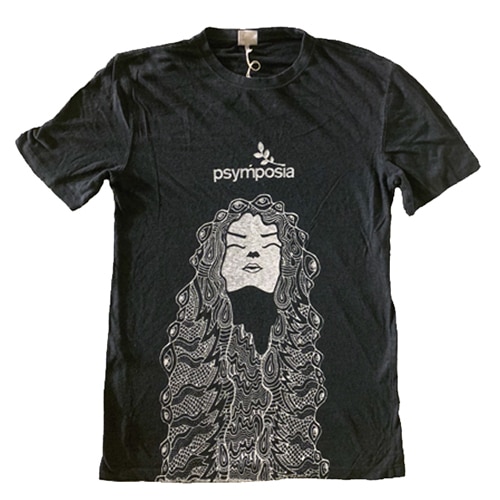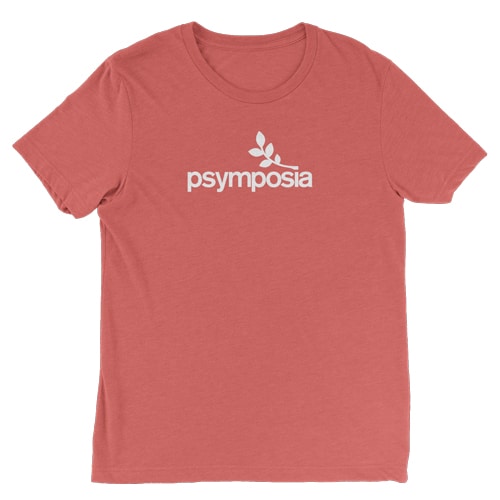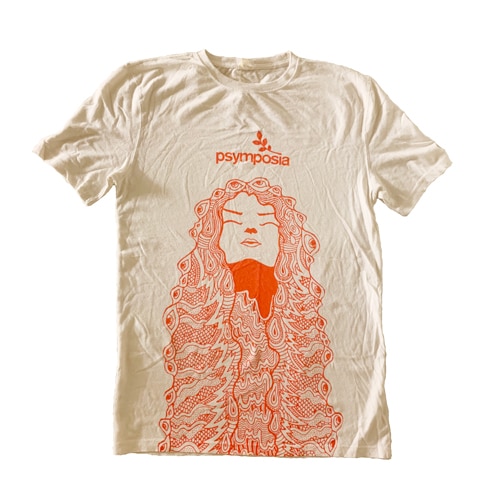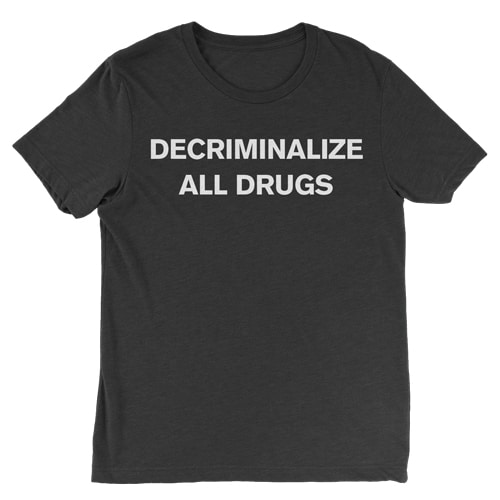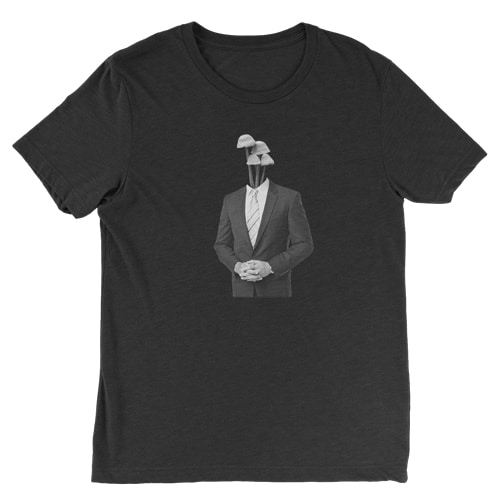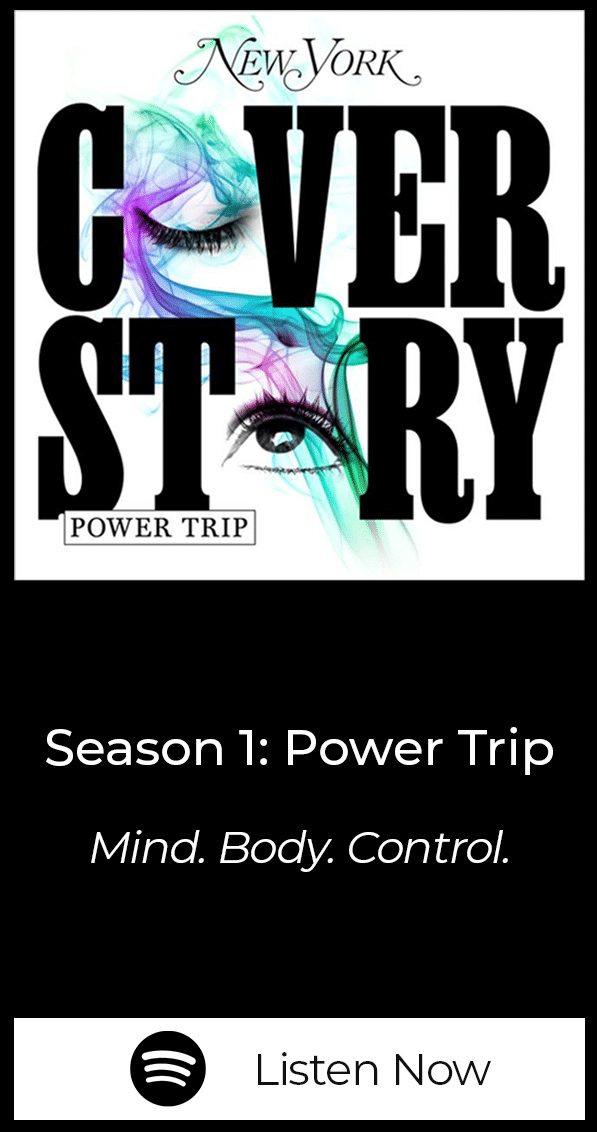The Bunk Police is looking to destroy dishonesty in the drug market
If there are other harm-reduction organizations, such as DanceSafe, that are able to distribute test kits, then we won’t attend that event….the ones that refuse DanceSafe, we come in and do it anyways.
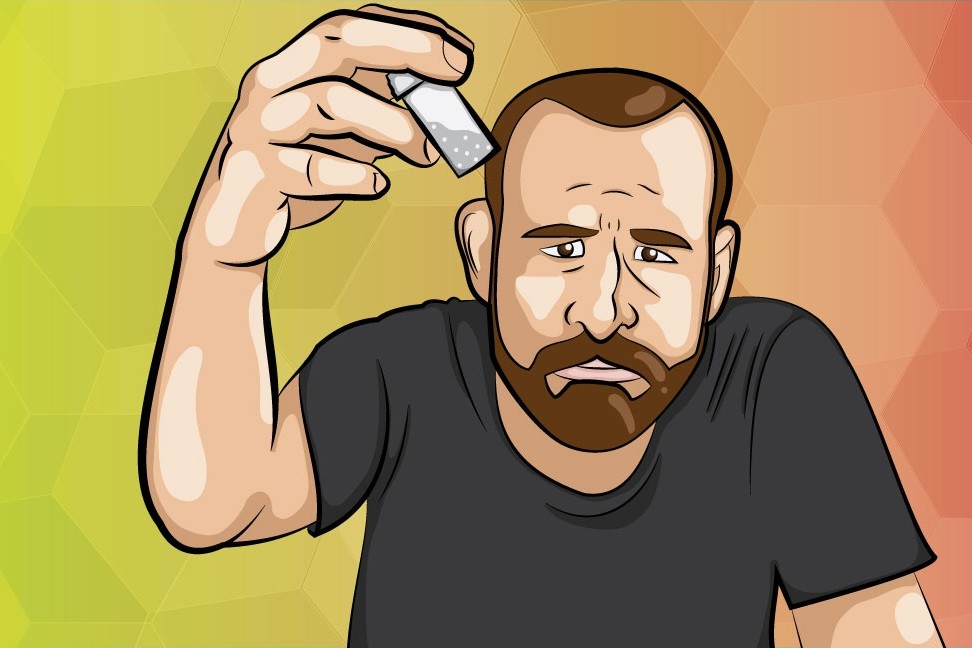
Psymposia is a 501(c)(3) nonprofit research and media organization that offers critical perspectives on drugs, politics, and culture. We rely on contributions from our readers and listeners. Your support is vital to sustaining Psymposia.
Support Psymposia’s independent journalism on Patreon and help us drive the Mystery Machine! We’re a bunch of meddling kids who are unmasking the latest shenanigans on the psychedelics beat.
Bunk Police is a multinational harm-reduction organization, providing research, development, and distribution of drug-testing kits. The company was started eight years ago with a focus on getting harm-reduction services to the jam band scene. Today, they provide test-kits worldwide and research new drug-testing technologies.
“Our goal is to destroy dishonesty in the substance market,” Bunk Police’s website says.
Psymposia spoke with Bunk Police’s Founder and CEO Adam Auctor about the beginnings of his company, their current research, and the range of experiences he has had distributing test-kits at events like Burning Man, You Are So Lucky, and Gathering of the Juggalos.
You started Bunk Police your final year of college. What got you interested in a business like this in the first place?
Adam Auctor: I was pretty sheltered at the time — eagle scout, homeschooled. And, I was being exposed to the people around me taking substances. I wasn’t really experimenting at that point. But, I became really curious about it, and did a ton of research on Erowid and other sites online and realized that the effects I was seeing from these substances in the people around me were not the effects they were supposed to be experiencing.
I suspected they were taking something other than MDMA — which is what a lot of people were taking at the time. I was like, “alright, what’s the solution to this problem?” I went looking around for some sort of test kit to discern between different drugs, and I somehow stumbled upon the police supply kits before I stumbled upon the DanceSafe ones. I used those and they were really effective.
So, I went out to a music festival with them in 2011. And, I ran into the bath salts and synthetic cathinone epidemic — or whatever you wanna call it — that was just unfolding at that moment. And, I realized that some people that were on the market were not paying attention. So, I kind of took it upon myself to spread the word about synthetic cathinones.
Being in business school and seeing an opportunity — one — to be able to support myself and to make money, but also — two — to be able to help a community in a really, really impactful way appealed to me. It would have been my final semester in the Fall after this music festival, so I took the $9000 I had for student loans leftover, for tuition and books and whatever and started the company.
I hired a chemist and we reverse engineered all these police supply kits. We started with one and eventually we moved on to — well, we now have eight different reagent kits, one of which we developed ourselves for DMT and LSD. And we just kept reinvesting in the company every year over and over again, until — well, I’m still doing that.
What kinds of services fall under the Bunk Police banner these days?
AA: We’re very interested in researching new products and staying on top of the new drugs that are hitting the market. We share that information with most, if not all, of the harm-reduction organizations here in the U.S. And dozens worldwide, as well.
We acquire different substances that are hitting the market and test them on camera. Uploading those videos to YouTube for free. That led to the development of more effective charts for using these different reagents. We also developed a thin layer chromatography test kit which allows people to separate out mixed compounds and identify them individually.
We try our best to do the research necessary that a lot of harm-reduction organizations that are nonprofit cannot afford to do, themselves. They just aren’t able to keep the money aside to actually spend on research. They need to spend it on giving away free earplugs and condoms and having a presence at music festivals. That costs money for them. So, they are not able to take that and put it into research. Since we are a company, not a non-profit, we are able to do that.
We’re currently funding research into a more effective strip or antibody-based test-kit that will be able to track several different substances in one sample.
What would that look like?
AA: So, you mix up your sample. Put it into a little cup that will have these strips mounted on the side. Say you’re testing MDMA — one of the strips will be for positive-negative testing of MDMA, one for positive-negative testing of fentanyl, positive-negative for cathinones, positive-negative for other amphetamines, and so on.
So, instead of having a reagent test where it either turns the suspected color or doesn’t, and could have other things hidden inside, this would test for each substance individually.
Bunk Police also goes to events to provide drug-testing services.
AA: Yeah, we go in and offer the bare minimum at fests that won’t allow us. If there are other harm-reduction organizations, such as DanceSafe, that are able to distribute test kits, then we won’t attend that event. We work very closely with DanceSafe. They purchase some of their testing supplies from us. So, the ones that refuse DanceSafe, we come in and do it anyways.
You are also developing a system called Bunk Bot for events, right? Can you explain the significance of that project?
AA: It is a text-based messaging system. So, you sign up for the texts at a certain event. With that you’re able to get updates about our location, because we’re not actually allowed to be at these events that we are attending. We sneak all of our test kits in, and we get thrown out over half the time. We’ve had tens of thousands in harm-reduction supplies confiscated from us.
So, what Bunk Bot enables us to do is alert people as soon as we’re thrown out of the event or shut down, and we always have a secondary or tertiary position ready for when that happens. We’ll pop it open as soon as the first person gets thrown out, send a text out to everyone and they’ll be able to come back over and find us to get their harm-reduction supplies.
This system also allows us to send out dangerous substance alerts and for people to send us pictures and videos of test results they are receiving. So, this year, we have concentrated specifically on fentanyl and were able to track down and deal with six different dealers who were selling fentanyl in cocaine. Some of them ended up being turned over to security, some of them ended up not having any idea what they were doing.
Bunk Bot is something we’ve been kind of incubating in the festival environment, and then we will be expanding — hopefully with some help as far as funding goes — to urban areas. Be able to report the heroin dealer down the street if you want, or whatever else.
I heard you had a hard time the first time you attended Burning Man.
AA: I went out there with 10,000 single-use test kits and it was the same packaging we were using for festivals. It had our logo on it. Had out brand name on it. And that was just plain and simply not acceptable for the Burning Man community. The backlash we were getting was just absurd. People screaming at us.
Because it was branded?
AA: Because it was branded. That was the big thing. And I mean, at the time, this was a pretty big step for us. Just trying to hand these out for free. We had been doing it all summer. We couldn’t afford to not make custom-branded stuff to bring out there for free, giving people no way to find us afterwards. We just couldn’t afford to do that. And, we still can’t.
I haven’t really made much of an effort to go to Burning Man and do this again. I went out with 200 of our normal $30 test kits last year and we gave those away and were much more conservative in the way that we would approach people. We wouldn’t just try to hand people one. Although, we still did have plenty of people who took it upon themselves to yell at us for spreading a brand name.
We just can’t afford to make custom branding without our logo and stuff specifically for Burning Man. When it comes down to it, there is a lot of that going down at Burning Man,
Anyways. There’s the Dr. Bronner’s soap tent or whatever. You have all these people handing out sparkling water to the larger plug-and-play theme camps. So, I don’t know. It’s a difficult event for us to approach. And beyond the branding thing, there was a significant amount of arrogance surrounding drug use — “I know who I got this from” or “I can tell the difference” — people not understanding that this is a necessary step in these recreational activities. It’s not something you can just eyeball, or trust somebody or whatever.
We didn’t end up going this year. We spent a whole bunch of money trying to go out to Gathering of the Juggalos and appeal to that crowd, which is a little bit different because they just really don’t have the money to purchase kits. So we ended up giving away about $8000-worth of test kits. The Juggalos were well beyond thankful.
Another event Bunk Police made an appearance at was the ritzy, exclusive You Are So Lucky event in New York. How did that happen?
AA: I wanted to find a really good environment to show how the test kits work and that it’s not just raver kids or junkies that have this problem. The 1% has this problem too.
So, I networked with my people in Manhattan to find the highest-level, classiest party I could find, which ended up being an event called You Are So Lucky in a several-hundred room mansion in the suburbs of Queens. We went out there with hidden cameras and the whole nine yards and I was wearing a halloween costume that was the Chemistry Cowboy — boots and spurs, a cowboy hat, wranglers and a big belt buckle and a lab coat.
I had a bunch of test-kit supplies. And I’d just go up to these — some of them very wealthy — people, and say, ” Do you require the services of the Chemistry Cowboy?” They would think I was trying to sell them drugs. But, instead I offer them harm-reduction services. We were able to catch quite a few of these interactions on camera.
The results of this little incident were that the substances that these people were taking were terrible. Most of the MDMA was actually meth. The cocaine was cut with meth. That was definitely the substance of the night, methamphetamine posing as whatever else. And to be honest, they had some of the worst drugs I’ve seen at an event.
Taking that and comparing it to something like Gathering of the Juggalos, where there is community and people care about each other, Gathering of the Juggalos had just a few samples that were contaminated. Where the You Are So Lucky crowd — most of the samples were contaminated. That was a bit of a shocker.
Hey! Before you go… Psymposia is a 501(c)(3) non-profit media organization that offers critical perspectives on drugs, politics, and culture. We strive to ask challenging questions, and we’re committed to independent reporting, critical analysis, and holding those who wield power accountable.
Our perspectives are informed by critical analysis of the systemic crises of capitalism that have directly contributed to the unmitigated growth of addiction, depression, suicide, and the unraveling of our social relations. The same economic elite and powerful corporate interests who have profited from causing these problems are now proposing “solutions”—solutions which both line their pockets and mask the necessity of structural change.
In order for us to keep unpacking these issues and informing our audience, we need your continuing support. You can sustain Psymposia by becoming a supporter for as little as $2 a month.
Russell Hausfeld
Russell Hausfeld is an investigative journalist and illustrator living in Cincinnati, Ohio. He has a Bachelor’s degree in Journalism and Religious Studies from the University of Cincinnati. His work with Psymposia has been cited in Vice, The Nation, Frontiers in Psychology, New York Magazine’s “Cover Story: Power Trip” podcast, the Daily Beast, the Outlaw Report, Harm Reduction Journal, and more.
